Image Manipulation Detection Software in Research
Image manipulation in scientific figures can mislead readers and compromise research integrity. Our tool detects inappropriate splicing, cloning, hidden edits, and more, in research images.
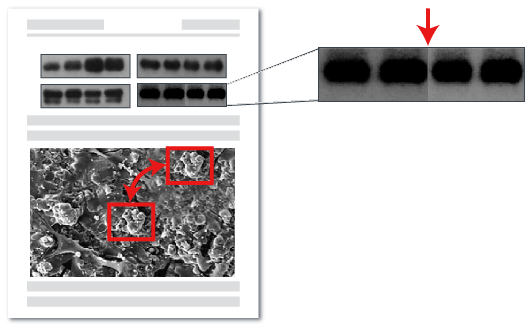
Our AI model identifies signs of splicing, copy-move forgeries, and localised alterations in microscopy, histology, and western blot images.
Trained on real-world research images, our system detects scientific image alteration relevant to the academic publishing process.
Our manipulation detection is regularly improved using real-case feedback and emerging manipulation techniques.
Scientific Image Manipulation Detection
Manipulated images can distort the scientific record, whether through splicing, cloning, or contrast enhancement. Imagetwin’s manipulation detection tool helps researchers, academic institutions, and publishers flag inappropriate visual edits before publication.
Our AI model uses deep learning and forensic image analysis to identify suspect areas in figures, including western blots, microscopy, and histology images.
How Imagetwin Detects Image Manipulations
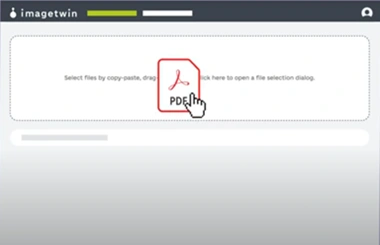
1. Paper or Image Submission
User uploads entire manuscripts, files or individual images to our secure platform for analysis
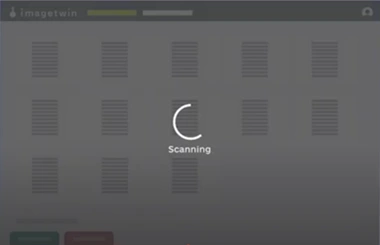
2. AI-Powered Analysis
Our manipulation detection engine performs a detailed forensic scan of each image using deep learning and pattern recognition techniques.

3. Confidence Score & Reporting
Receive a comprehensive report highlighting detected issues. Each flagged figure is assigned a confidence score, helping users to assess risks
What Image Manipulations can Imagetwin detect?
Imagetwin is purpose-built to detect a wide range of image manipulations that may compromise the integrity of scientific figures. These include:
Splicing
Splicing involves cutting and merging parts of different images, often seen in western blots or gel electrophoresis. Both visible and invisible seams are detected.
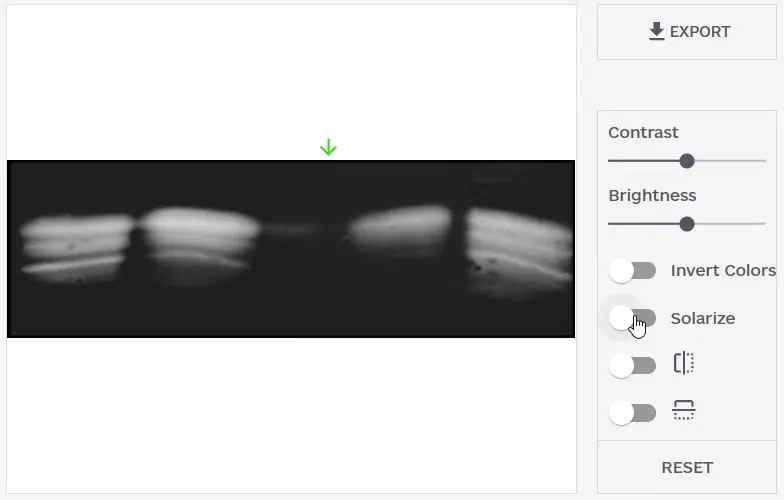
Rotation, Flipping, and Scaling
Changing an image’s orientation can be used to obscure reuse or duplication. Transformations are normalised to reveal underlying matches.
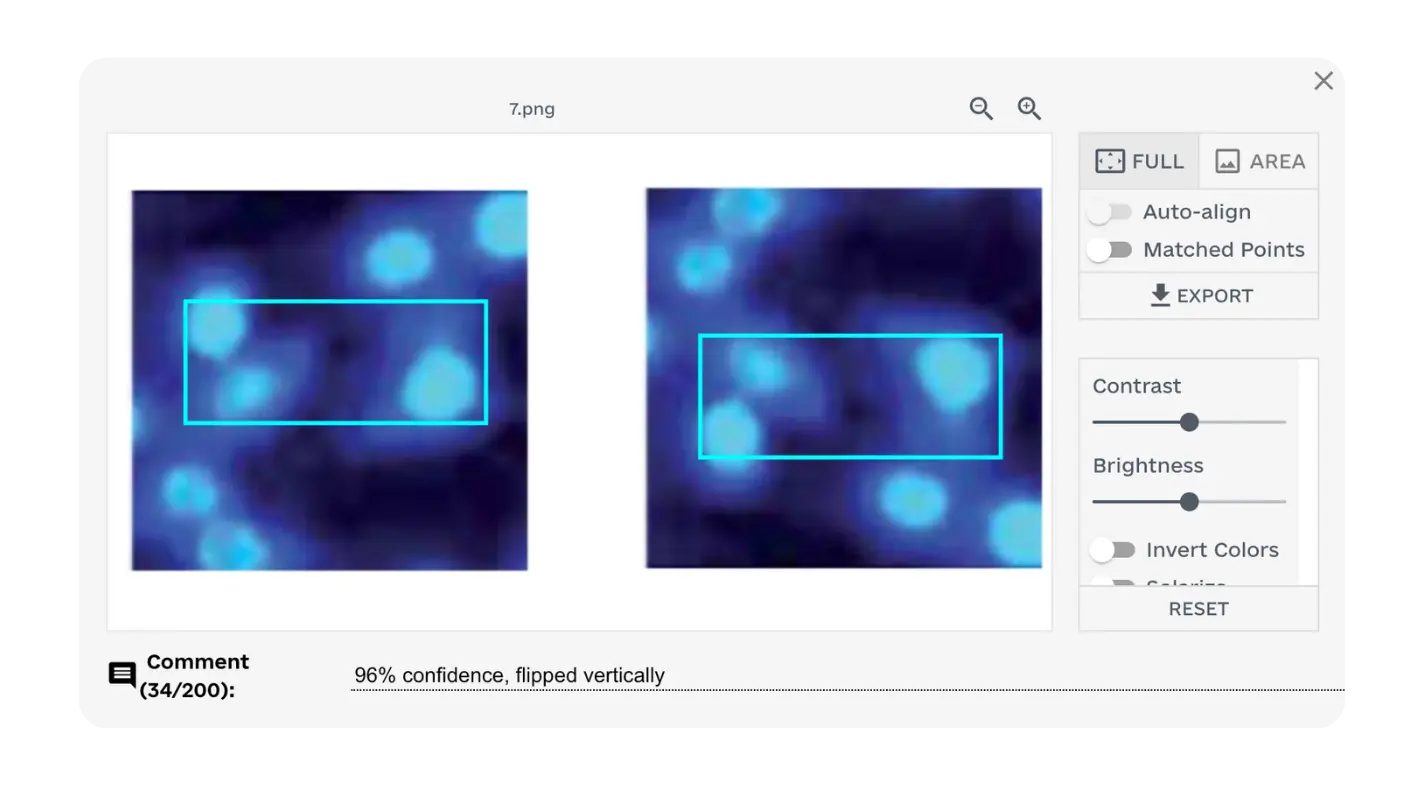
Copy-Move Forgeries
Duplicating regions within an image is a common tactic to hide unwanted elements or falsely reinforce data. Cloned, stamped, or resampled areas are identified.
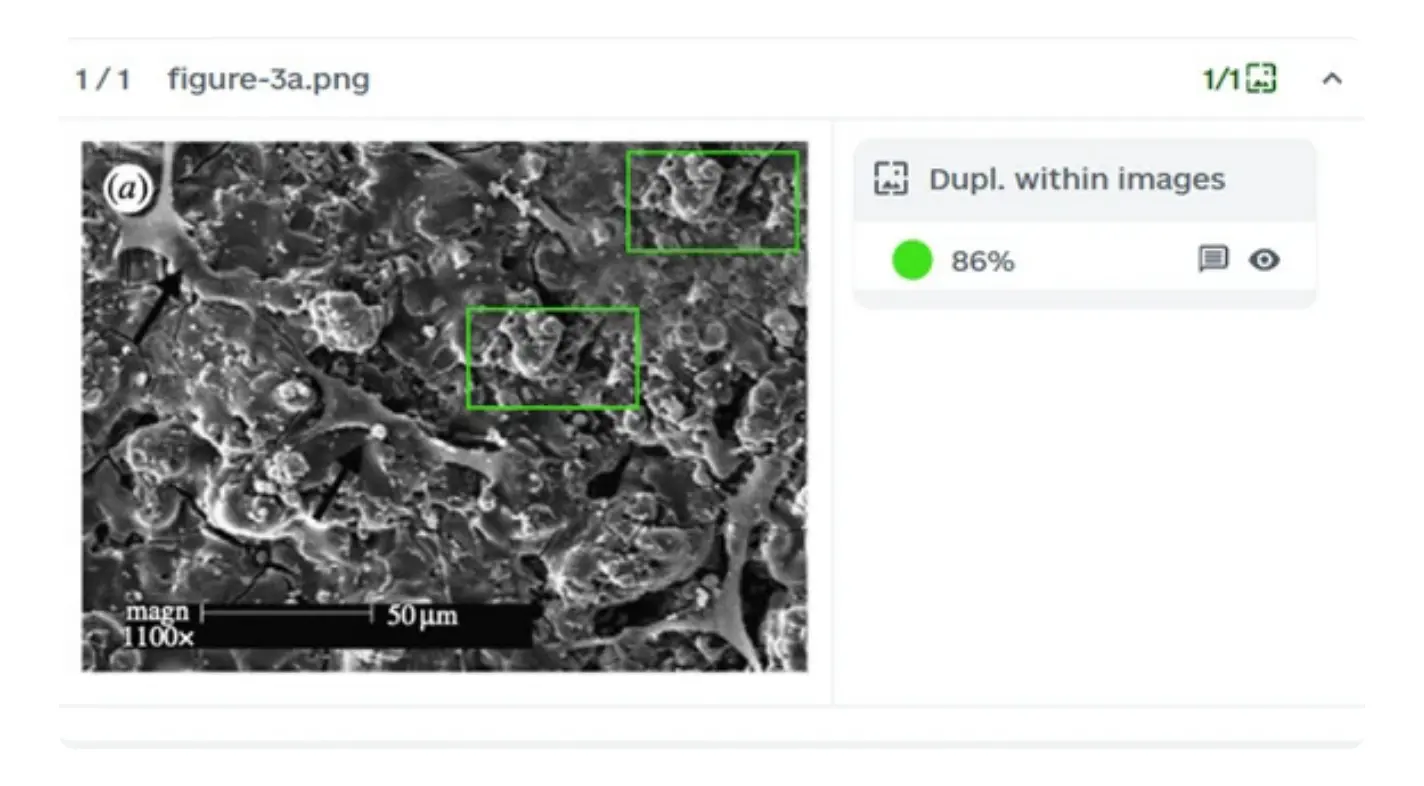
Why Choose Imagetwin?
Image manipulation in scientific figures presents a serious challenge to research integrity. Imagetwin provides targeted tools to detect these issues early and accurately.
Built for Scientific Image Manipulation
The system is trained specifically on scientific image types such as microscopy, histology, and western blots, allowing it to detect subtle and complex forms of manipulation.
Built for Speed & Accuracy
Our detection process is designed to be efficient, helping journals, publishers, and institutions identify concerns early in the publication process.
Confidential & Secure
We prioritize data encryption and privacy, ensuring your files remain confidential.
Transparent & Evolving Technology
Detection capabilities are regularly updated based on real-world use, emerging manipulation techniques, and input from academic users.
Trusted by the Academic and Publishing Community
Our technology is developed with input from publishers, universities, and researchers, ensuring real-world applicability in academic and scientific publishing.
Powerful Features for Manipulation Detection
AI-Powered Image Recognition
Detects splicing seams, cloned areas, and brightness/contrast manipulation.
Confidence Scores
Flagged images are assigned a detection probability score, helping users to assess risks more accurately.
Bulk Scanning
Analyze large datasets efficiently with our batch-scanning feature. Ideal for publishers, journals, and institutions.
Comprehensive Reports
Easily generate detailed PDF reports summarising all flagged manipulations with visual evidence.
Data Encryption
Your data is protected with industry-standard encryption and security best practices.
All-In-One Integrity Analysis
Our platform also detects image duplication, plagiarism and AI-generation.